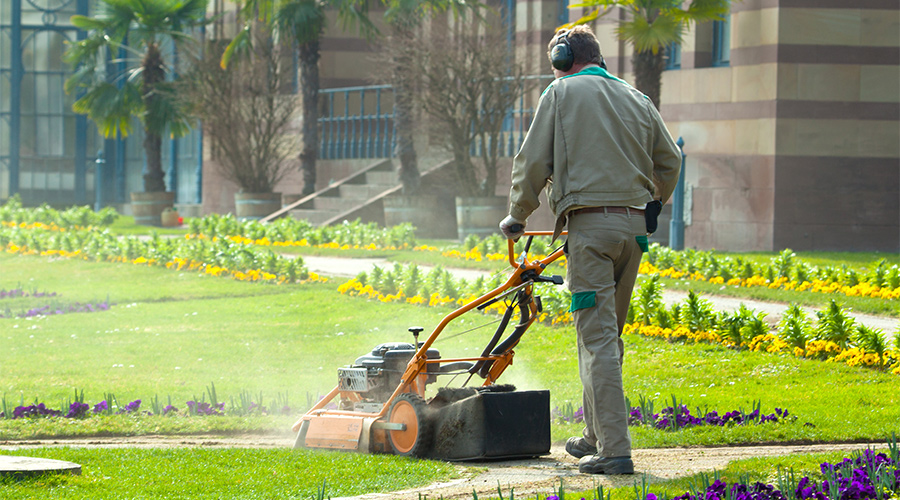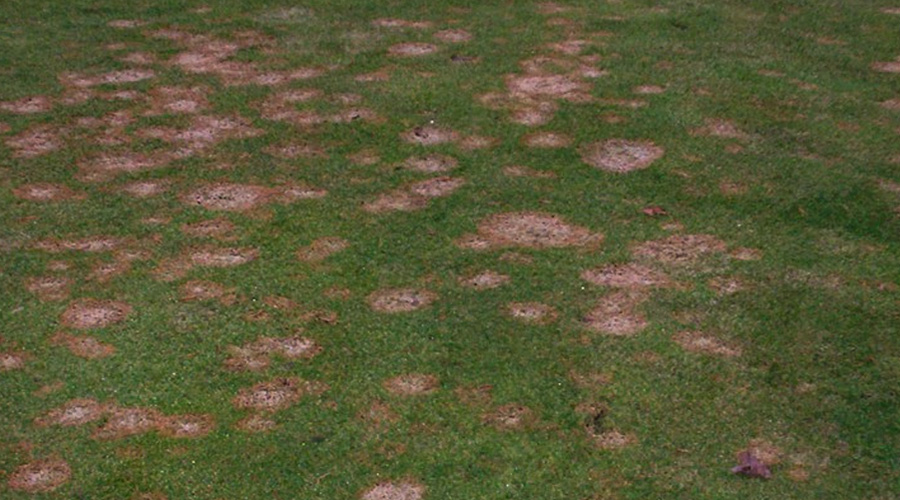Project Delivers Benefits to Grounds Care Department
The phrases "Beaumont Depot" and "bottom line" probably were not used in the same sentence very often before 2009. But difficult financial circumstances and more than a little foresight combined to turn the little-used parcel of land on the Michigan State University campus into a triple win for its landscape services department.
Beaumont Depot's development, which began out of necessity for the department, has become more than a central storage and staging area for an array of services and projects on the campus, which hosts about 48,000 students. In the process, its development has brought savings, staffing increases and stronger synergy for the 60-person department and the physical plant department as a whole.
"The big lesson is that difficult times can open up big opportunities to partner with other departments in order to meet the needs of the organization as a whole," says Gerald Dobbs, who is the university's landscape services manager.
The Seeds Of Success
Beaumont Depot started as an unremarkable parcel of land on the university's campus in East Lansing, Mich.
"We had two pole barns and a house with a greenhouse attachment, and we had some smaller hoop houses," Dobbs says. "We also had a lot acreage that was still grass that we had to mow all the time." The land was far from fully utilized.
In 2009, developments elsewhere on the 5,200-acre campus forced the department to make some decisions on its operations. Those developments affected land the department had been using to store topsoil and mulch piles for projects around campus.
"In essence, we were being booted out," Dobbs says. "Where do we put all of our topsoil and keep it secured and available for work here on campus? I'm talking about a few thousand yards of topsoil."
Dobbs' solution, developed with the physical plant's vice president, its landscape architect, and engineering architectural services, was to use Beaumont Depot as a topsoil storage area. The team hoped the plan would centralize its topsoil storage so workers would have easier access to it from anywhere on campus, which features 642 buildings, 100 miles of pathways, and 70 miles of roadways.
"We started looking into that as a depot for topsoil, and then we started looking into other operations," he says. "We were asked if we could combine our stone piles with building services' stone piles," which are used for construction projects and as roof ballast. So besides topsoil, the depot became the central storage area for stone on campus.
"Whenever stone is needed on campus, we're provided a work order that we charge our labor and time to, and we're able to buy the materials and get it to our trades folks and contractors as quickly as possible," Dobbs says.
Related Topics:













